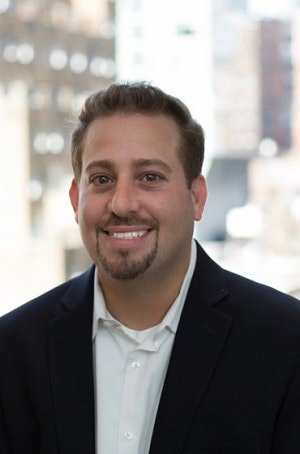White supremacist groups amplified their propaganda campaigns on campuses in 2019, targeting 433 colleges and doubling their efforts from the previous year, according to a recent report by the Anti-Defamation League (ADL).
Of the 2,713 White supremacist propaganda incidents in 2019, as many as 630 took place on college campuses – nearly double the 320 tallied in 2018. This is the highest number of propaganda incidents ADL has ever recorded, the report stated.
“Although White supremacists have always leafleted U.S. campuses, their campaign targeting college students ramped up in January 2016 and has continued since then,” according to the ADL Center on Extremism. Their data revealed that in 2019, the various form of propaganda averaged more than seven incidents per day.
The propaganda, in various forms of literature distribution, “is an attempt to normalize the White supremacists’ message and bolster recruitment efforts while targeting minority groups including Jews, Blacks, Muslims, non-White immigrants and the LGBTQ community,” said Oren Segal, ADL’s vice president for the Center on Extremism.
 Oren Segal
Oren SegalDr. Sherri Williams, assistant professor in race, media and communication at American University’s School of Communication, sees the dramatic rise as having a two-fold purpose: “to instill fear among students of color and to show a presence of White preservation and White domination.” The propaganda causes “fear, dissension and disunity” among students and faculty, Williams told Diverse.
She further said the distribution of White nationalist material on college campuses is just one aspect of increased activity throughout the country by far-right groups.
“In recent years, it has become more visible, more bold and definitely more violent,” Williams said, citing the murder of Richard Collins, a student from historically Black Bowie State University, on the College Park campus of the University of Maryland in 2017, and the killing of Heather Heyer in Charlottesville, Virginia, a few months later during White nationalist protests at the University of Virginia.
As the propaganda has increased, so has the criminal activity, according to data. Between 2011 and 2016, the National Center for Educational Statistics documented a 40% increase in campus hate crimes. In 2016, more than 1,000 hate crimes were committed on college campuses across the country. For years, racial bias has been the most common motivation for committing such crimes.
Many institutions have developed initiatives to address bigotry and racism on their campuses. For example, the University of Kentucky has a program called “Strategic Plan Initiatives Connected to Bias Incident Response and Support Services.” As described on its website, the initiatives are designed to foster a diverse community of engaged students; to improve workforce diversity by actively engaging in inclusion efforts; and to increase “awareness of diverse worldviews” through programming and activities centered around excellence.
According to the Center for American Progress, in an August 2019 report titled “Addressing Racial Trauma and Hate Crimes on College Campuses,” students affected by campus hate crimes face numerous barriers, including lack of counseling services, because of long waiting periods, lack of diverse staff and potential fees for such services.
In the aftermath of the Collins murder, the University of Maryland conducted a campus-wide survey which revealed an overall dissatisfaction with the handling of hate and bias incidents such as displays of swastikas, nooses and racial slurs. That campus offers counseling aimed at its multicultural population. Its Nyumburu Cultural Center group counseling lists support groups such as Women of Color, LGBT+, Men’s General Therapy Group and its well-known Black Male Initiative “dedicated to brotherhood, scholarship and activism among Black men.”
When Williams arrived at the faculty of American University in 2017, someone leafleted the campus with fliers containing pictures of Confederate flags and real pieces of cotton stalks and, later, with anti-immigration and anti-Semitic fliers.
 Dr. Sherri Williams
Dr. Sherri WilliamsPrior to that, while earning her Ph.D. at Syracuse University, Williams said there were “a lot of racial incidents” and an 18-day protest and sit-in by a coalition of students. SU students also have demonstrated recently over racist and anti-Semitic incidents on the campus.
As a result of her observations on campuses having racial turmoil, Williams co-created a project called Black on Campus, chronicling the experiences of Black students at White colleges and universities, and published by The Nation.
“These colleges and universities need to start making institutional changes and finding ways to not just continue to deal with these incidents on a case-by-case basis or having one or two forums,” Williams said. “They need to start asking ‘how can this university show that they are serious about parity and equality.’”





















